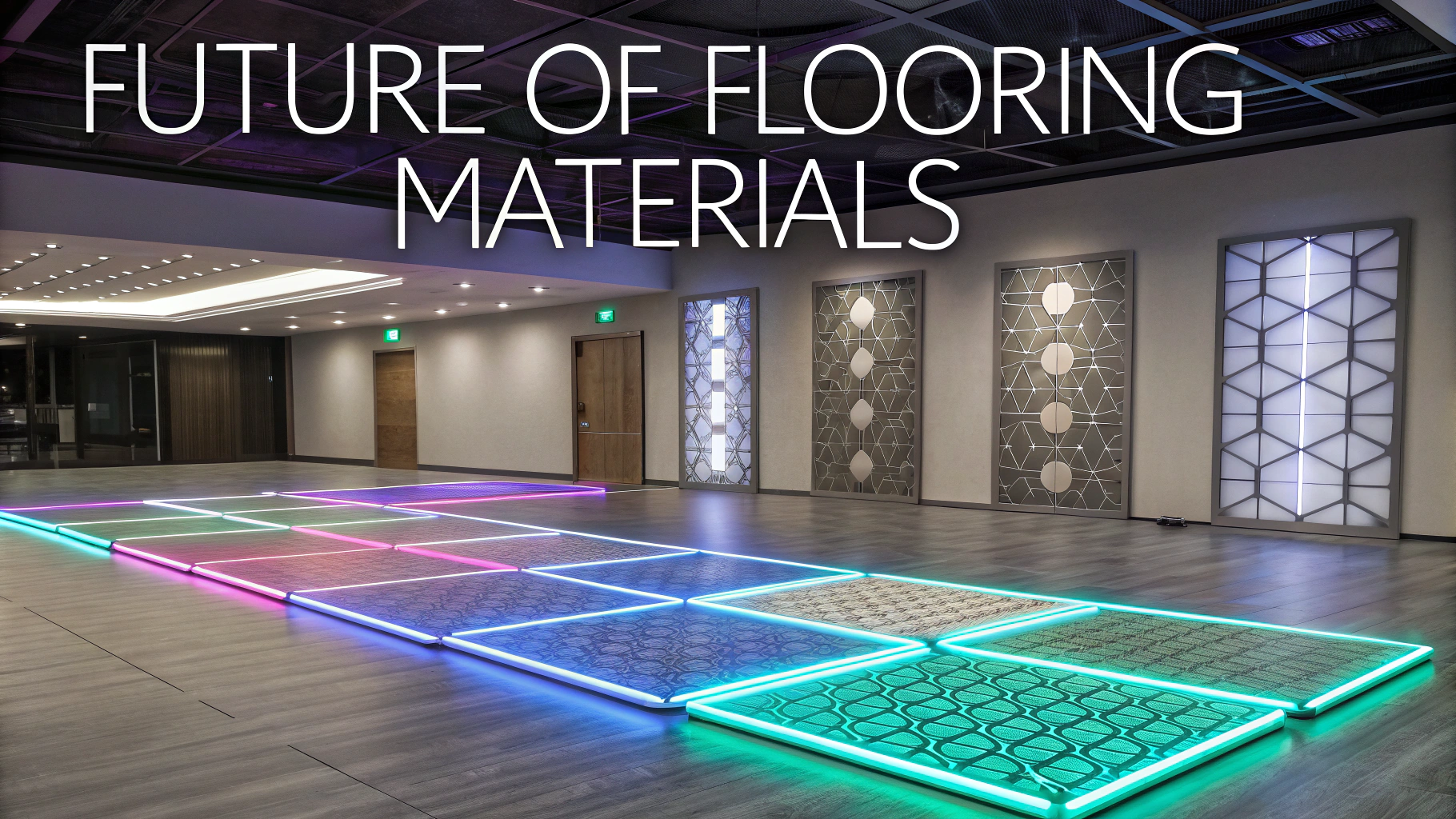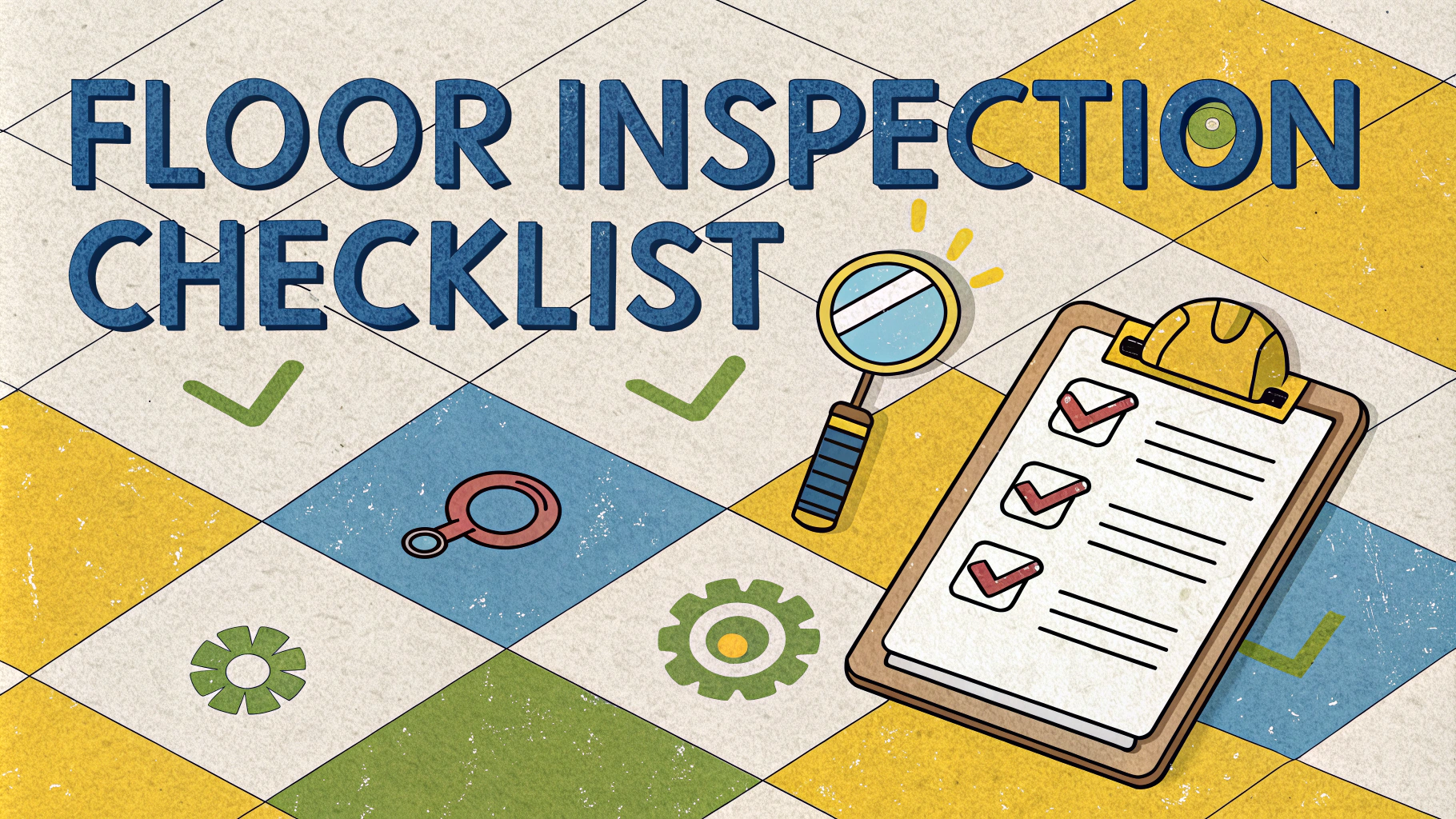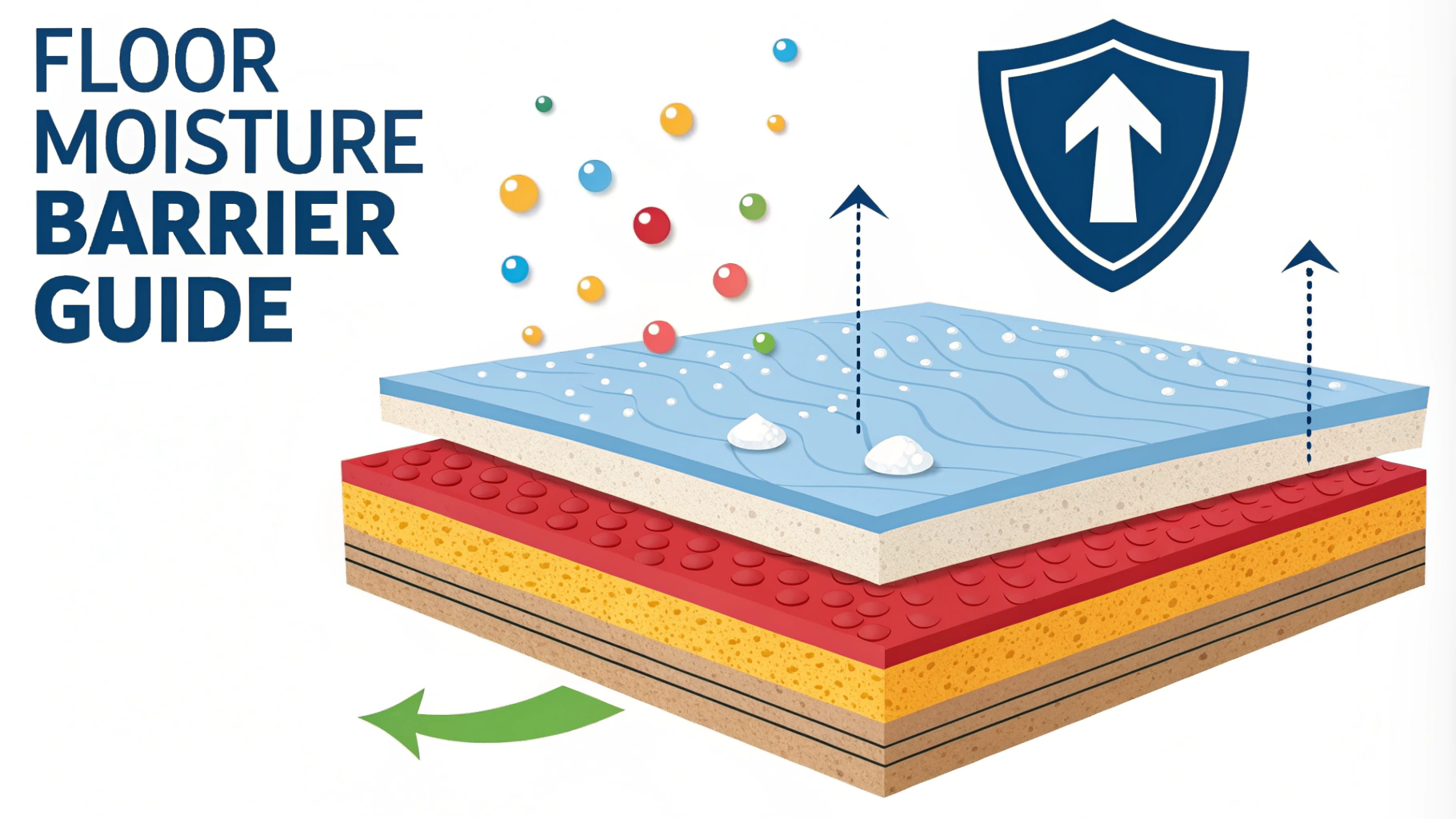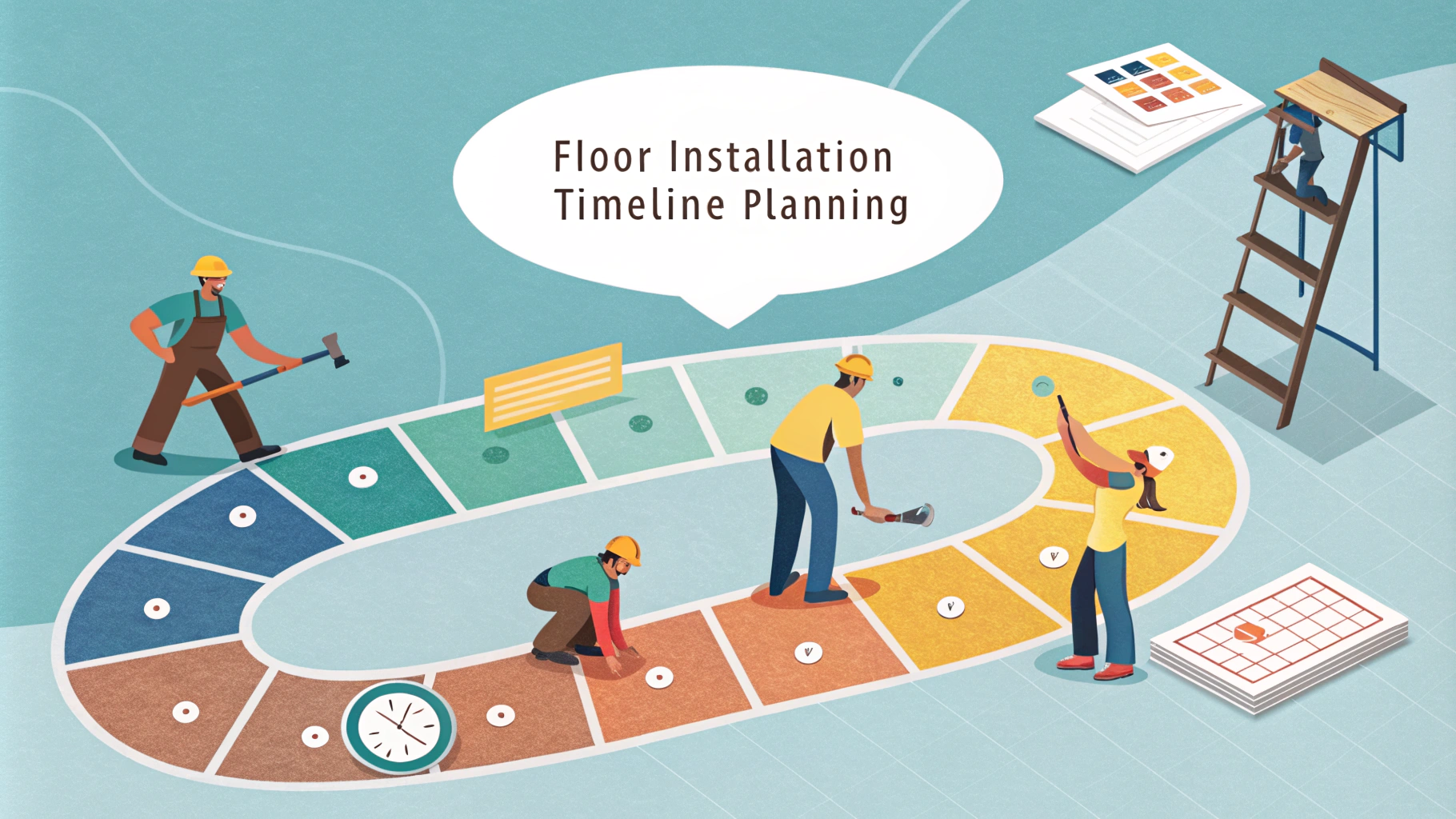Area rugs can transform any room from basic to breathtaking while adding warmth, style, and functionality to your space.
The right rug placement and selection makes a significant impact on room aesthetics, comfort levels, and the overall flow of your home.
This guide walks you through the essential aspects of choosing and placing area rugs to enhance your living spaces effectively.
Choosing the Right Size
For living rooms, select a rug large enough for all furniture legs to rest on it – typically 8’x10′ or 9’x12′ for standard rooms.
In dining rooms, ensure the rug extends at least 24 inches beyond the table edges to accommodate pulled-out chairs.
Bedroom rugs should extend 18-24 inches beyond the sides of the bed, with popular sizes being 8’x10′ for queen beds and 9’x12′ for king beds.
Material Selection
- Wool: Durable, naturally stain-resistant, ideal for high-traffic areas
- Cotton: Easy to clean, affordable, perfect for casual spaces
- Silk: Luxurious, best for low-traffic formal areas
- Synthetic: Stain-resistant, budget-friendly, suitable for outdoor spaces
Placement Tips by Room
Living Room
- Center the rug under the coffee table
- Keep consistent spacing between rug edges and walls (12-18 inches)
- Align rug with major furniture pieces
Dining Room
- Center rug under dining table
- Ensure chair movement doesn’t catch rug edges
- Match rug shape to table shape
Bedroom
- Place rug partially under bed, starting at the bottom third
- Position symmetrically for visual balance
- Consider smaller rugs beside the bed for extra comfort
Pattern and Color Selection
Match rug colors with your room’s secondary color scheme rather than the primary colors for a balanced look.
Choose patterns based on your existing furniture – bold patterns work best with solid furniture pieces, while simple rugs complement patterned furniture.
Consider the room’s purpose when selecting patterns – busy patterns can hide stains in high-traffic areas.
Maintenance Tips
- Vacuum weekly to prevent dirt buildup
- Rotate rugs every 3-6 months to ensure even wear
- Clean spills immediately to prevent staining
- Professional cleaning recommended annually
Common Sizing Guide
| Room Type | Recommended Size |
|---|---|
| Living Room | 8’x10′ to 9’x12′ |
| Dining Room | 8’x10′ or larger |
| Bedroom | 8’x10′ for queen, 9’x12′ for king |
| Hallway | 2’6″x8′ to 3’x10′ |
Making Your Final Decision
Test your rug choice by marking the intended size with painter’s tape on your floor before purchasing.
Consider ordering samples when possible to see how colors and textures work in your space.
Remember to factor in your lifestyle needs – households with pets or children might benefit from darker colors and durable materials.
Budget Considerations
Invest more in high-traffic area rugs where durability is essential.
Consider seasonal sales and outlet stores for premium materials at better prices.
Factor in additional costs like rug pads, professional cleaning, and delivery.
Layering Techniques
- Layer smaller statement rugs over larger neutral pieces
- Use different textures to create visual interest
- Ensure top layer is properly secured to prevent slipping
Special Considerations
Open Floor Plans
- Use rugs to define separate living areas
- Maintain consistent style across spaces
- Consider traffic patterns between zones
Irregular Rooms
- Use rounded rugs to soften angular spaces
- Adapt rug placement to room features
- Consider custom shapes for unique spaces
Creating Your Perfect Space
Consider your room’s natural light when selecting colors and materials for optimal visual impact.
Balance your practical needs with aesthetic preferences to ensure long-term satisfaction.
Remember that a well-chosen area rug isn’t just a decorative element – it’s an investment in your home’s comfort and style that will last for years to come.
FAQs
1. What factors should I consider when choosing the size of an area rug?
Leave 12-18 inches of exposed floor between the rug and walls for large rooms, ensure all furniture legs either sit completely on or off the rug, and for dining rooms, choose a rug that extends 24 inches beyond the table edges.
2. How do I choose the right material for my area rug based on room usage?
For high-traffic areas, choose durable materials like wool or synthetic fibers such as nylon or polypropylene. For bedrooms and low-traffic areas, softer materials like silk or cotton are suitable.
3. What’s the best way to prevent area rugs from slipping?
Use a high-quality rug pad designed for your floor type, ensure proper sizing of the pad (slightly smaller than the rug), and consider rug tape for corners on hard surfaces.
4. How often should I rotate my area rug?
Rotate area rugs every 6-12 months to ensure even wear and prevent fading from sunlight exposure, more frequently in high-traffic areas or if exposed to direct sunlight.
5. What’s the ideal placement for an area rug in a living room?
Center the rug under the main seating area with front legs of all furniture pieces placed on the rug, or all furniture legs completely on the rug for a more cohesive look.
6. How do I determine the right shape of area rug for my space?
Match the rug shape to your room’s layout or major furniture pieces – rectangular rugs for traditional rooms and rectangular dining tables, round rugs for round dining tables or foyers, and runners for hallways.
7. What are the best cleaning methods for different types of area rugs?
Vacuum weekly using appropriate settings, spot clean spills immediately, and follow manufacturer’s cleaning recommendations. Natural fiber rugs require professional cleaning, while synthetic rugs can often be cleaned at home.
8. How should I position an area rug under a bed?
Extend the rug at least 18-24 inches beyond each side and foot of the bed, or use smaller rugs on either side and at the foot of the bed for a more economical option.
9. What’s the proper way to layer area rugs?
Place a larger, neutral rug as the base and layer a smaller, more decorative rug on top at an angle or aligned with furniture. Ensure the top rug is 1/4 to 1/3 the size of the bottom rug.
10. How do I protect area rugs from sun damage?
Use UV-protective window treatments, rotate rugs regularly, and consider UV-resistant materials when purchasing new rugs. Avoid placing valuable rugs in direct sunlight.







